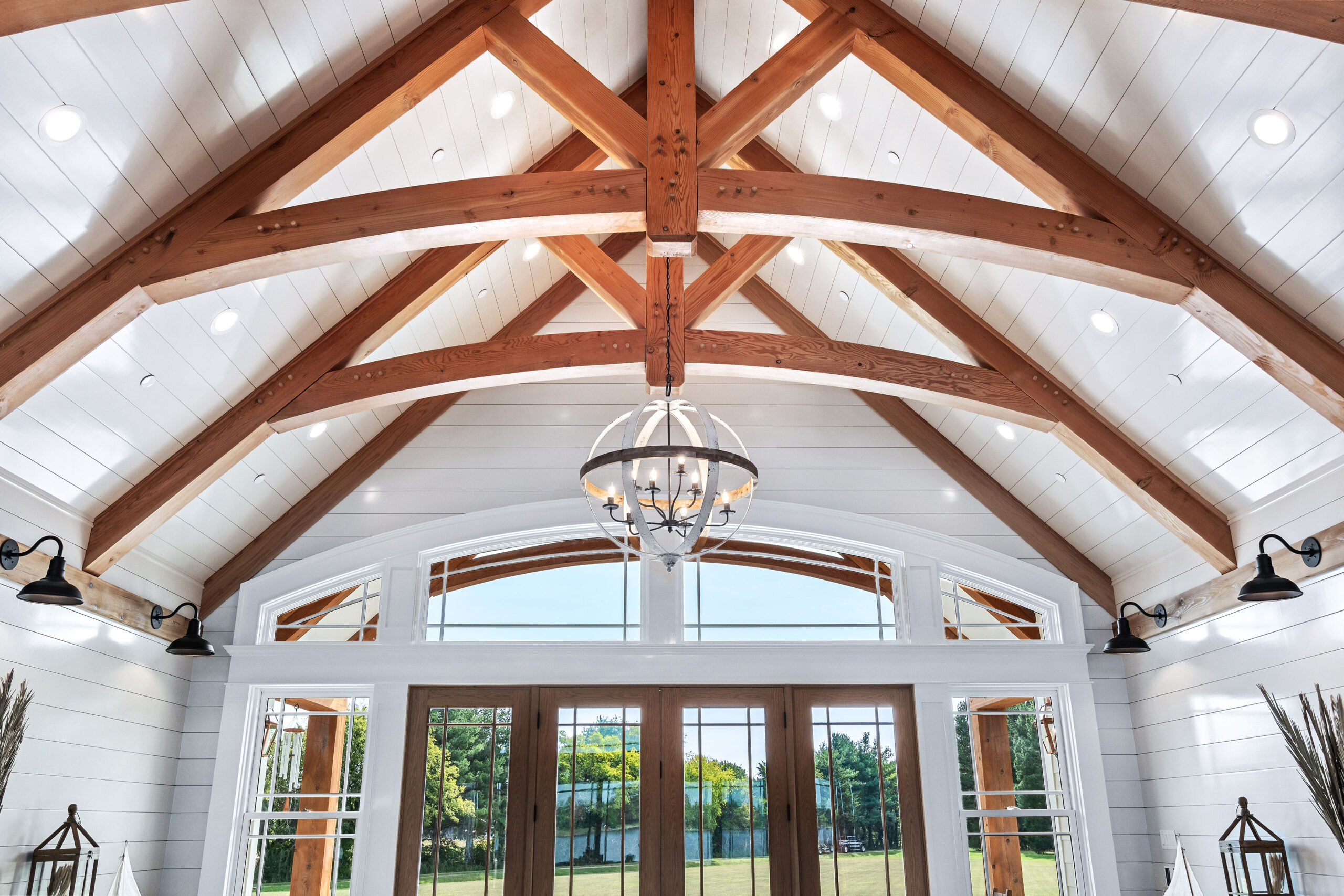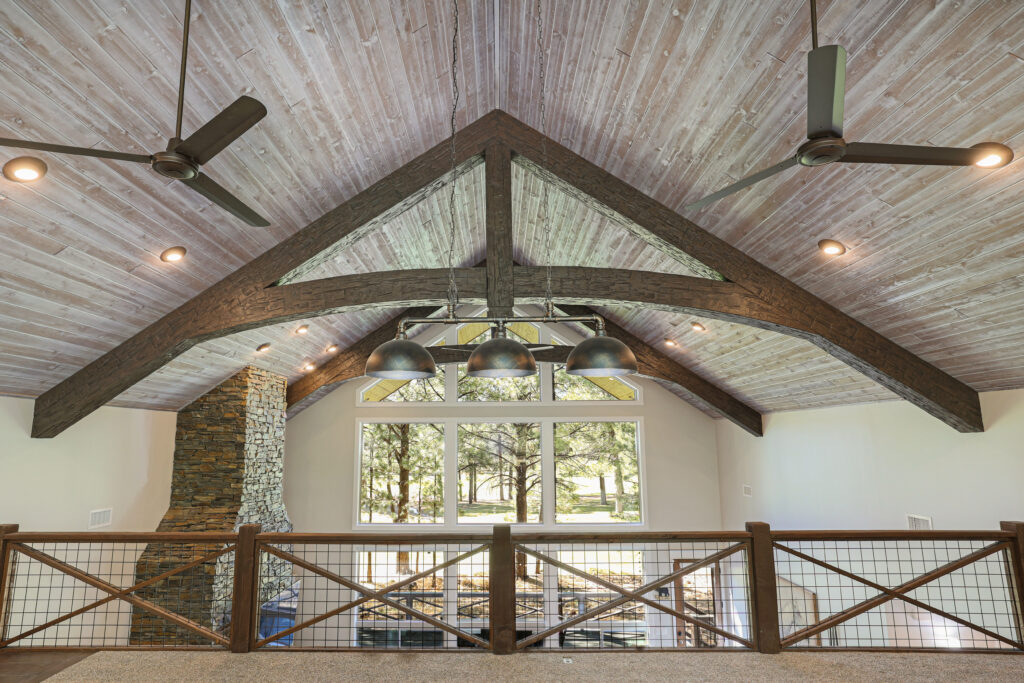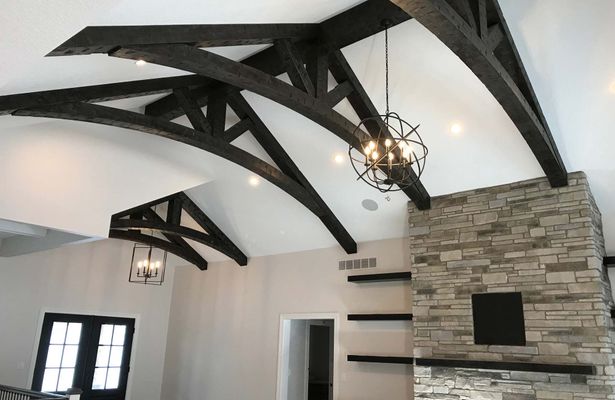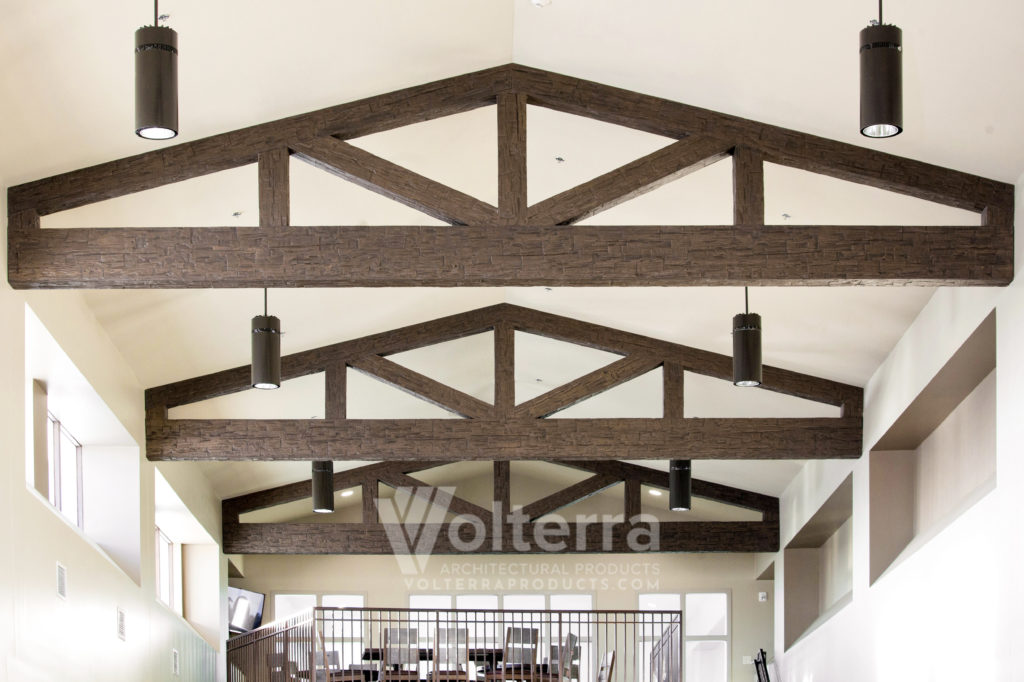Welcome to our in-depth exploration of decorative interior trusses! If you’ve ever admired the elegance of exposed beams in a home or commercial space, you’re not alone. These structures not only offer aesthetic value but also provide a practical solution for supporting ceilings and roofs. In this article, we’ll discuss everything you need to know about decorative interior trusses, from styles and materials to installation and maintenance. Let’s dive in!
What Are Decorative Interior Trusses?
Decorative interior trusses are architectural elements that add visual interest and structural support to a building. They typically consist of a system of beams and supports that can be made from various materials, such as wood, metal, or engineered composites. These trusses can be a focal point in any room, drawing the eye and enhancing the overall design aesthetic.
The Benefits of Decorative Interior Trusses
Aesthetic Appeal
One of the primary reasons homeowners choose decorative trusses is for their stunning visual impact. They can elevate the design of any room, adding character and a sense of spaciousness.
Structural Support
Beyond their beauty, trusses provide essential structural support for ceilings and roofs. They distribute weight evenly, making them a functional choice in construction.
Energy Efficiency
Trusses can also contribute to energy efficiency by allowing for open spaces that reduce the need for additional materials, thus lowering energy costs in the long run.
Types of Decorative Interior Trusses
Understanding the various types of trusses available will help you make an informed decision. Here are some popular styles:
1. King Post Truss
The king post truss features a central vertical post, making it ideal for short spans. It’s simple yet effective.

2. Queen Post Truss
Similar to the king post, the queen post truss uses two vertical posts and is suitable for longer spans, providing excellent support.
3. Scissor Truss
This design is perfect for creating vaulted ceilings, allowing for a stunning visual element while maintaining structural integrity.

4. Flat Truss
These are less common in decorative applications but can work well in modern designs where minimalism is key.
5. Bowstring Truss
A popular choice for larger spaces, the bowstring truss has a curved design that is visually appealing and functional.

Materials Used in Decorative Interior Trusses
Decorative trusses can be made from a variety of materials, including:
1. Wood
Wood is the most common material for decorative trusses, favored for its warmth, versatility, and ability to fit into any style.
2. Metal
Metal trusses offer a modern, industrial look. They are extremely durable and often used in commercial spaces.

3. Engineered Wood
Engineered wood products combine the best qualities of wood with enhanced strength and resistance to warping.
Installation of Decorative Interior Trusses
1. Planning and Design
Before installation, it’s crucial to plan the design carefully. Consider the room’s dimensions, the existing architecture, and your personal style.

2. Professional vs. DIY Installation
Some homeowners may choose to install trusses themselves, but hiring a professional is recommended for larger or more complex designs. A professional can ensure that the trusses are installed securely and safely.
3. Step-by-Step Installation Process
- Measure the space where the trusses will be installed.
- Secure the base supports with appropriate fasteners.
- Attach the truss components according to the design plans.
- Finish with any desired treatments or coatings.

Comparison of Decorative Truss Styles
| Truss Type | Aesthetic | Span Length | Best Uses |
|---|---|---|---|
| King Post | Simple, traditional | Short | Residential projects |
| Queen Post | Classic, elegant | Medium | Large homes |
| Scissor | Stylish, modern | Variable | High ceilings, great rooms |
| Bowstring | Bold, dramatic | Long | Commercial spaces, warehouses |
Maintenance of Decorative Interior Trusses
Maintaining your decorative trusses is essential for longevity and durability. Here are some tips:
1. Regular Inspections
Inspect your trusses periodically for signs of wear, damage, or pest infestations.

2. Cleaning
Dusting wooden trusses can help maintain their appearance. For metal trusses, a damp cloth may be used to remove dirt.
3. Repairing Damage
Address any damage promptly to prevent more extensive repairs later. This might involve replacing a wooden beam or tightening loose metal components.
Pros and Cons of Decorative Interior Trusses
Pros
- Enhanced aesthetic appeal
- Functional structural support
- Variety of styles and materials available
- Can increase property value
Cons
- Potentially high installation costs
- Maintenance requirements
- Risk of damage from insects or moisture
- Not suitable for all design styles
Personal Experience: Enhancing My Living Room with Trusses
When we moved into our current home, the living room felt a bit empty and lacked character. After much consideration, we decided to install decorative trusses. We opted for scissor trusses in a rich oak finish. The transformation was astounding! It not only added visual allure but also made the room feel more expansive and inviting. I can truly say that decorative interior trusses can make a significant difference in how a space feels.
Frequently Asked Questions (FAQs)
1. What is the cost of decorative interior trusses?
The cost can vary greatly based on materials, installation complexity, and design choices. On average, you might expect to spend anywhere from $1,500 to $5,000 for a standard installation.
2. Can I paint or stain my decorative trusses?
Yes! Painting or staining trusses can help them blend in or stand out, depending on your design goals.
3. Are decorative trusses energy efficient?
While trusses themselves don’t have a direct impact on energy efficiency, their design can influence the overall thermal performance of a space, particularly if they facilitate better airflow or insulation solutions.
4. Do decorative trusses require a lot of maintenance?
Generally, maintenance involves regular inspections and cleaning, which is manageable for most homeowners.
5. Where can I find high-quality decorative trusses?
Many local home improvement stores offer decorative trusses, and specialty manufacturers provide custom solutions tailored to your needs.